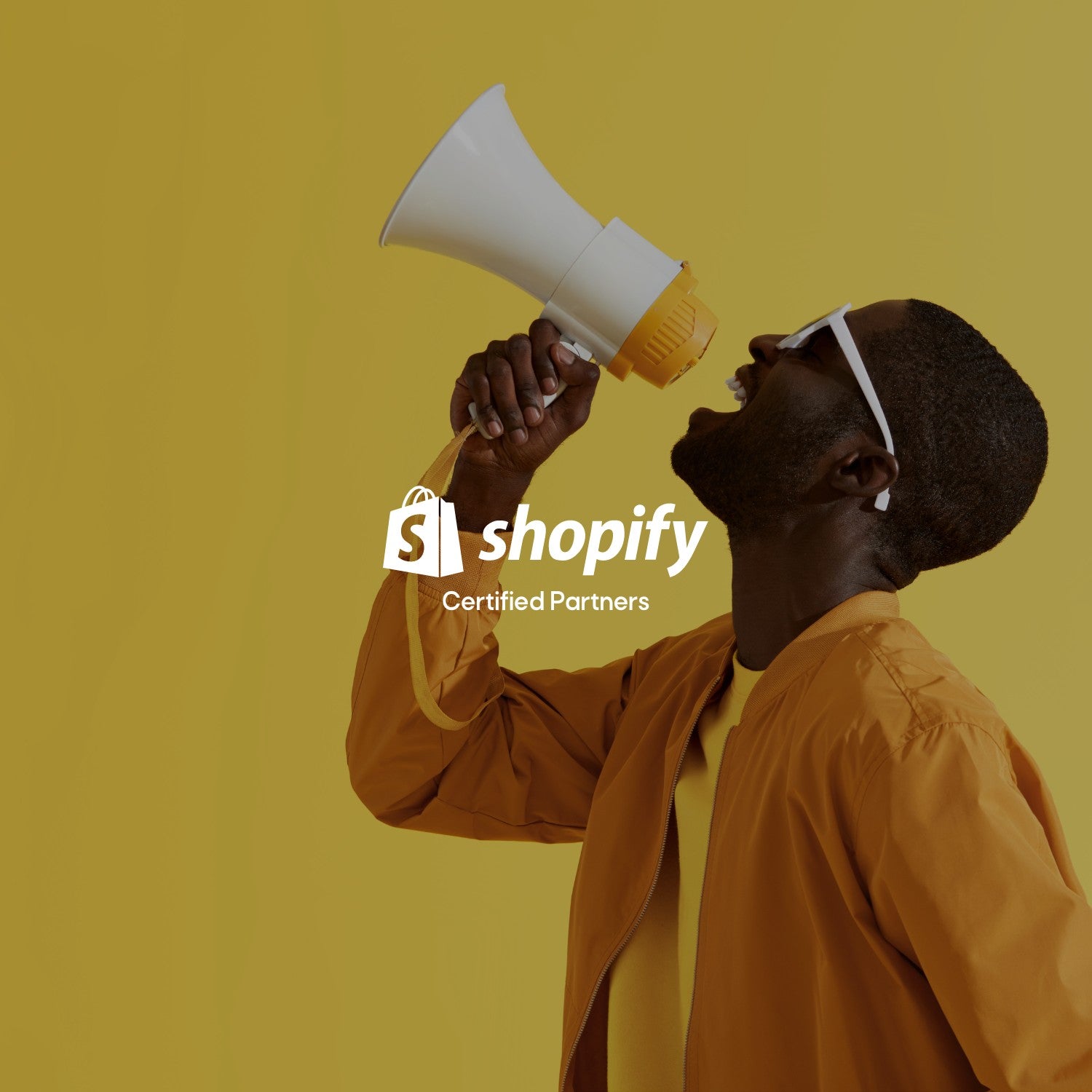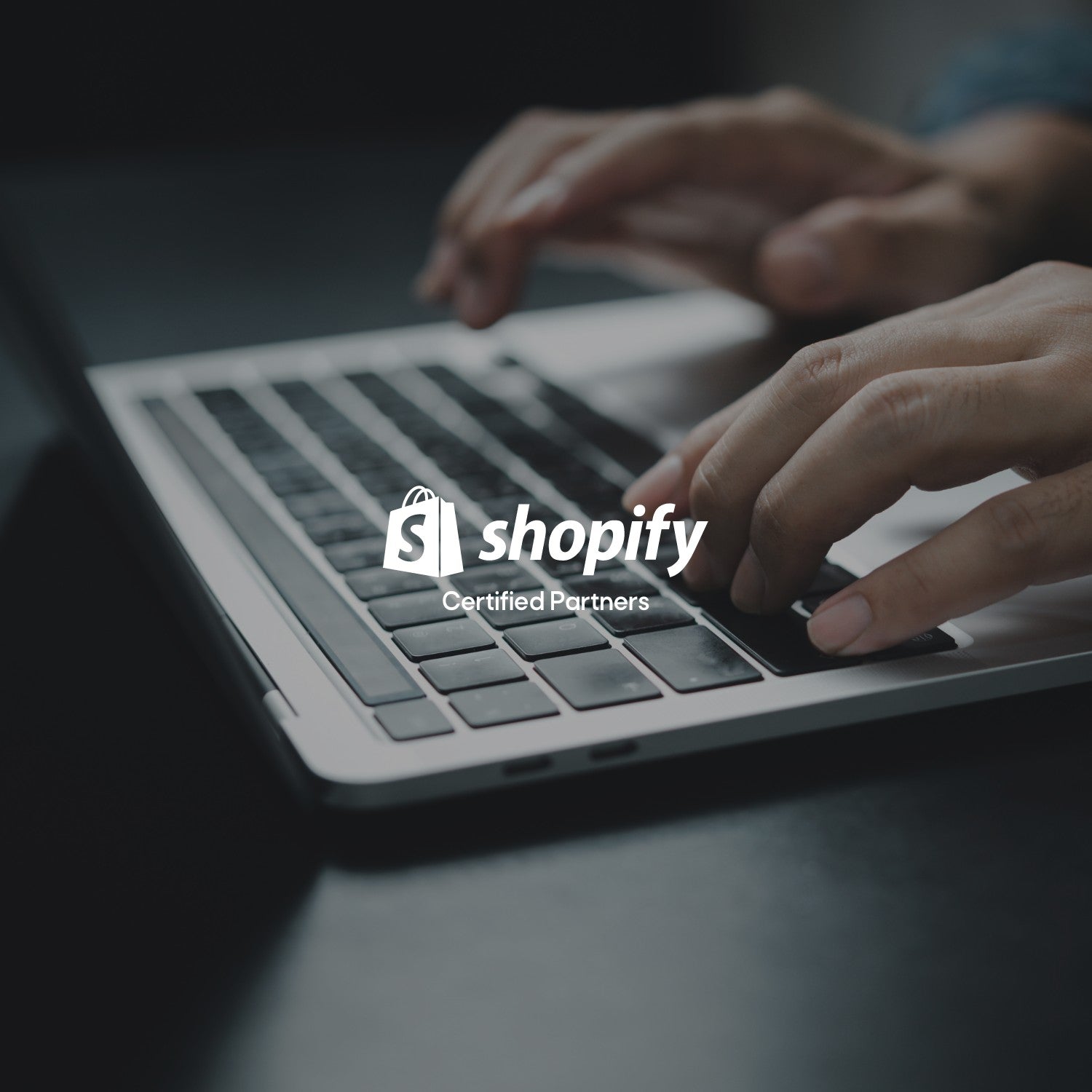Upselling—the art of suggesting upgrades to a purchase—can help you grow your average order value (AOV) with relatively little marketing effort. These customers are already interested in your brand and products. Your job is to show them relevant upgrades at the right time and place. Done well, upselling can build upon your relationships as well as increase your revenue. But done poorly, you can come across as an aggressive car salesperson.
In this post, you’ll learn why product upsells are so important, what you should be offering, and how to do it.
What is upselling?
Upselling is a technique to persuade customers to purchase a more expensive, upgraded, or premium version of a purchased item or other items for the purpose of making a larger sale.
Upselling is based on selling to a customer who has already made a purchase rather than selling to a brand new one. Existing customers are also easier to speak to: the probability of selling to an existing customer is 60%–70%, compared to a 5%–20% probability of selling to a new customer. Plus, upselling gets easier over time. First-time buyers are 27% likely to return, but after their second or third purchase, this grows to 54%.
First-time buyers are 27% likely to return, but after their second or third purchase, this grows to 54%
With strategic upselling, merchants can increase average order value (AOV). This is arguably the biggest benefit to introducing upsell. Adding upsells at strategic points in a customer journey can help grow order sizes.
Not to mention, upselling also helps increase conversion rates. Because these post-purchase offers are targeted to your customer at a convenient point in their journey, buyer intent is high, so they’re more likely to complete the purchase.
The benefits aren’t one sided, though, and many extend to the customer’s experience as well. By effectively upselling and cross-selling, you can make sure the customer chooses the right product for them and that they have everything they need to use that product.
As an example, batteries are a perfect cross-sell item for products that don’t come with their own. Not only would this increase the total order value, it also prevents the customer from receiving an item they can’t use immediately.
The difference between upselling and cross-selling
Upselling and cross-selling are commonly confused, but there is a key difference. While upselling focuses on increasing order value and encouraging a greater purchase, cross-selling involves making a recommendation adjacent to the original product. So an upsell is more of an upgrade, whereas a cross-sell is a whole other purchase (“Would you like fries with that?”).
Let’s say a visitor is looking at purchasing a 13-inch mid-range laptop for $1,200.

After selecting a laptop, the customer is immediately presented with several options for upgrading the processor. In this case, the merchant is trying to upsell the customer a more powerful (and expensive) computer. Essentially they’re trying to get the customer to spend more on the same product or product type that they are currently looking at.

After the customer selects the processor upgrade, they proceed to the next screen, where they’re presented with the option to add a printer to their order. A printer is a logical accessory for many computer consumers, and since it’s related to the original product that the customer was interested in, it’s considered a cross-sell.

Pre- vs. post-purchase upsells
You can upsell both before and after a sale (and even during). Traditionally, pre-purchase upsells happen before the purchase. Shoppers might see relevant product add-ons on the product page or on the cart page after they’ve selected an item and are ready to check out.
Pre-purchase upsells work great for free gifts or small purchases where the risk is low and it’s OK to not have as much information about the product. But upselling can, and should, happen post-purchase too.
Post-purchase upsells give shoppers the opportunity to add another item to their order without risking the conversion from their initial order.
Post-purchase upsells happen after a customer has successfully completed a transaction, between the checkout and the thank-you page. These thank-you page or order confirmation page upsells are ideal ways to show customers how to make the most of their recent purchase. Post-purchase upsell pages are more flexible and work great for discounts or small add-ons.
Pros of post-purchase upselling
Post-purchase upselling is beneficial for a number of reasons:
- No impact to the original purchase. Post-purchase upsells give shoppers the opportunity to add another item to their order without risking the conversion from their initial order. There is no disruption to the original sales funnel a customer goes through.
- Higher AOV. Post-transaction upsells maximize the AOV. This is higher than other upsell techniques because it’s a form of impulse purchase (similar to buying a candy bar at a grocery store’s point of purchase area), which is highly convenient to the customer.
- Increased conversion rate. One-click post-purchase upsells convert higher because customers don’t have to enter their payment information again.
Challenges of post-purchase upselling
That being said, post-purchase upsells don’t come without challenges:
- Relevance. If you don’t personalize your promotion, you add a point of friction that can discourage them from making a return purchase.
- Upsell fatigue. Hitting your customers over the head again and again, page after page, is only going to damage customer perception of your brand and may even hurt overall conversions.
Ways to do post-purchase upsells
We keep mentioning the importance of choosing the right approach to your upsell strategy. But what does that actually mean? How do you go about your upsells in a way that makes sense for your customers and the bottom line?
- Choose complementary products. Recommending products that complement products your customers have already purchased is one of the most common ways to upsell. The relevance makes it more likely that customers will be ready to make the purchase, as opposed to a random product recommendation.
- Discount products. Share discount coupons so customers can redeem them for their next purchase. Then showcase the items they could choose from.
- Free gift. If a customer opts for the upsell, offer a freebie in addition to the purchase. This gives an extra incentive, as customers get more for their money.
- Free samples. Small trials of a product can lead to larger purchases later on. Include free samples with every upsell purchase to incentivize conversions and raise awareness for other products.
Tips to know for post-purchase upselling
Get personal
Per one Infosys survey, 86% of consumers said personalization impacts what they purchase. Likewise, upsells work best when they’re highly relevant and targeted to what your customers are already buying. Upselling should improve the experience for your customer, not add friction or annoy them. Providing a relevant offering will also keep your customers coming back, increasing customer loyalty.
Plus, personalization can also fuel higher AOV. Almost half (40%) of US consumers say they’ve purchased something more expensive than they originally planned because their customer experience was personalized.
Consider the value
When choosing upsell and cross-sell products to display, avoid suggesting products that increase the overall order by more than 25%. For example, if the original product the visitor is looking at is $100, you want to avoid showing customers cross-sells and upsells that cost more than $25.
Take a data-driven approach to decide what to upsell
You might have strong intuition, but you likely have data available to help you make smarter business decisions—and that’s very much the case when it comes to choosing which products to upsell. Use insights and historical sales to analyze your customer purchase behavior and choose products personalized to your buyers. If you notice a trend of product pairings, you know there’s an upsell opportunity.
It’s also important to make it a habit of checking in on your upsell campaigns. Rather than setting it and forgetting it, optimize your upselling by analyzing how customers perceive and convert from the recommendations.
Use email marketing to continue the conversation
Email marketing is an effective customer retention tool, allowing you to provide valuable content, promote products and campaigns, and generally stay top-of-mind. You can retain your customers and keep them coming back by sending them targeted newsletters and discounts.
Add a post-purchase upsell strategy to your business today
There are a lot of ways you can use upsell and cross-sell to enhance your customers’ purchase experience while increasing your average order size as well. There are tons of free Shopify apps that can help you execute cross-selling and upselling to your customers. Our recommendations:
- Zipify One Click Upsell. Built for Plus customers, this app boosts Average Order Values with one-click upsell offers.
- Super Bump. Create targeted, post-purchase promotional offers.
- CartHook Post Purchase Offers. Add native one-click promotions including upsells and free gifts to your Shopify store.
- Post Purchase Promotions. Boost revenue with native post purchase upsells and more.
- Ultimate Special Offers. Create one-click offer upsells directly in your store checkout.
Your primary motive for upselling may be increased sales and average order sizes, but it’s always important to consider the customer experience when designing upsell opportunities. Nudging customers to buy seemingly random products can leave them annoyed and confused. Carefully consider what makes the most sense to offer your customer and at which point of the buyer’s journey, and you’ll be well on your way to a profitable and positive upsell experience.














